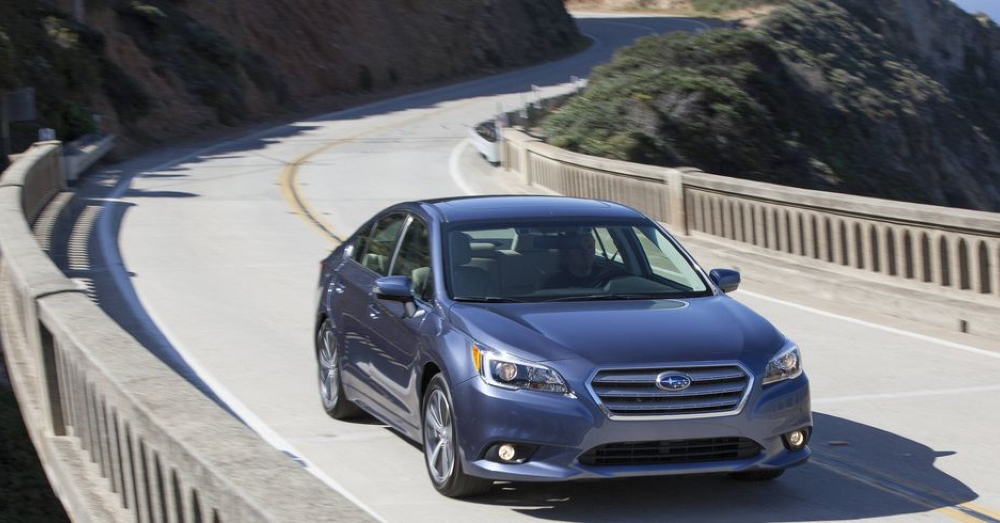Have you ever noticed when your car is overheating, it’s the worst possible time for that to happen to you?
It might happen when you’re several miles from home with no hope of calling a friend or family member to assist you. It could happen when you’ve loaded the family up for a weekend at the beach. It could happen when you’re in rush hour traffic on your way to an important meeting. No matter what, when your car beings to get too hot in the engine area, you need to take some action and handle the situation right away.
How Do You Know Your Engine is Overheating?
You would have to notice the symptoms of an engine that’s getting too hot before it overheats if you want to prevent damage to your car. There are some signs that things aren’t going right in the engine bay. Some of these signs include:
- Steam coming from under the hood of the car
- The temperature gauge suddenly spikes into the red or hot zone
- Smells that you’re unfamiliar with coming from the engine bay
When you come across one of these three signs, you should contact a local repair shop to have your engine diagnosed with a potential problem.
What Causes an Engine to Overheat?
When your car is overheating, it’s typically a problem in the cooling system. The cooling system of your vehicle is made to keep your engine at the right temperature, but if it’s failing, there could be too much heat in the engine bay. This heat is unable to escape, which causes the temperature to rise. The problem in the cooling system could be a leak, a faulty radiator fan, a broken water pump, or a clogged coolant hose. These things can make it impossible for your car to maintain a proper working temperature.
What Should You Do When Your Car Overheats
Turn up the Heat
While it seems to be completely against what you should do, the right thing to do is turn off the air conditioning and turn on the heat to full blast. Before you do this, you’re going to want to roll down the windows because it’s going to get extremely hot in the cabin. The purpose of turning up the heat is to pull heat away from the engine until you can pull over to a safe place where you can take further action.
Get to Safety and Turn Off the Car
Your car is overheating, and you don’t want to be stuck with expensive engine repairs. This means you need to let the engine rest and find a place where you can do that. Find an area where you can pull off the road and have some form of safety. Turn off the car and let the engine cool for at least 15 minutes. During this time, keep an eye on the temperature gauge to ensure it’s moving back into the normal range. This is a good time to put a plan together to get your engine checked out by a mechanic.
Add Some of that Good Stuff
If you’re a prepared person and keep a bottle of coolant in the trunk, now is the time to top off this liquid in your engine bay if it’s low. If the problem is a clogged hose or another issue where the coolant isn’t moving through the radiator, this step won’t do you much good. Even so, you should check the coolant level and see if you need to add some. If you’re extremely low on fluid, you probably have a leak somewhere.
Get Your Vehicle to the Repair Shop
Once the engine has cooled, and you’ve seen the temperature gauge move back into the normal range, it’s time to get your car to the repair shop. If you’re not going to have the vehicle towed, try to restart the engine and drive carefully to the nearest auto repair shop. You want to keep an eye on the temperature gauge during this drive. If the car begins overheating again, you’ll need to pull over and repeat the steps above to ensure you get your car to the repair shop.
Things You Don’t Want to Do
Panic is the Enemy of this Situation
The best thing to do when your car is overheating is to make sure you don’t. Keep your cool, try and drive safely in traffic, and get to a safe place. When you panic, you’re going to cause more problems for other drivers and yourself. Stay calm and get to safety.
Don’t Act Like You Can Get There
With the exception of an emergency that is truly life or death, your car is going to cost more to fix if you continue to drive than whatever appointment or destination you have in mind. The best thing to do is get to safety, turn the car off, and begin to create a plan of action to ensure your car is fixed and you don’t have to pay for a new engine.
Don’t Open the Hood Right Away
Many drivers feel they should get out and open the hood as soon as they move to safety, but this can cause you to get burned or injured. The parts under the hood are under extreme heat, and opening the hood right away can have oil or hot fluids sent your way, along with steam and smoke. Wait until the temperature gauge settles back to the normal range before opening the hood.
Don’t Ignore the Problem
Your car is overheating; that’s not a fluke thing or something you want to ignore. If you do, things can only get worse. Something needs to be fixed, and it needs to be fixed right away. Get your car to a service station and let them get under the hood and find the problem for you. By taking immediate action and allowing your car to be fixed, you could avoid costly engine repairs that would only get worse if you ignored the problem.
This post may contain affiliate links. Meaning a commission is given should you decide to make a purchase through these links, at no cost to you. All products shown are researched and tested to give an accurate review for you.




